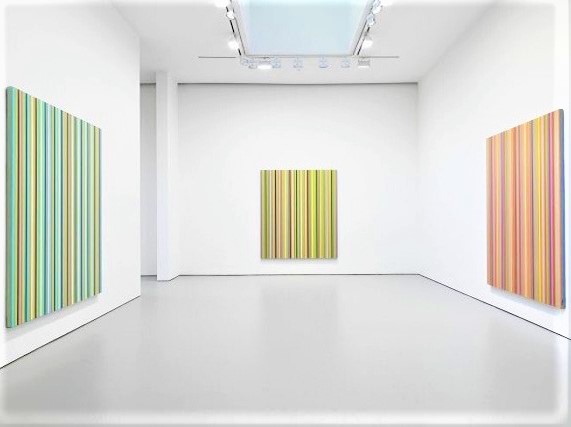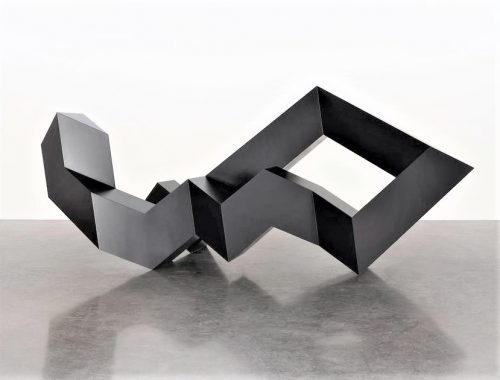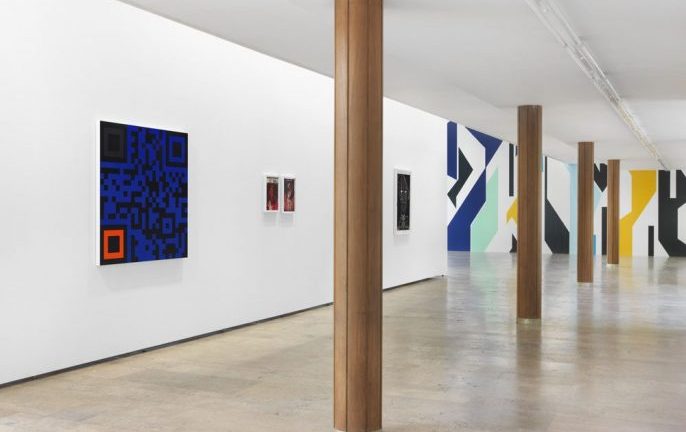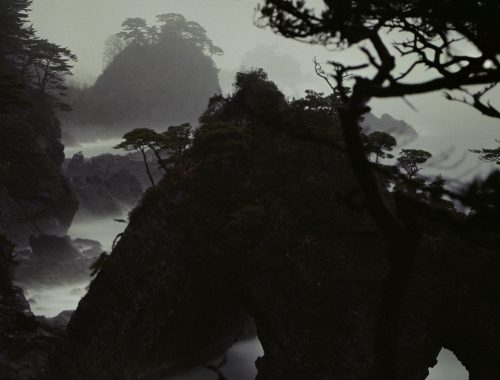
LINES, WAVES AND STRIPES _ THE ICONIC WORK OF BRIDGET RILEY
Being one of the most significant contemporary artists, Bridget Riley’s work has radically explored the active role of perception in art, using the interrelationship between line and color to convey movement and light within the pictorial field. From the early 1960s, she has employed elementary shapes like circles, stripes and curves to create visual experiences that actively engage the viewer, testing the limits of each element at various stages throughout her career.
More than fifty years since Riley’s participation in the famous show “The Responsive Eye” at The Museum of Modern Art, she is still one of the best known artists of her generation. “The Responsive Eye” – a highly influential group show at that time – led to instant, international recognition for the young British painter.
Riley’s journey as an internationally recognized artist takes its chronological point of departure in vertical stripe works from the early 1980s featuring her specific pallette at that time that was inspired by the artist’s trip to Egypt in late 1979, which unlike previous combinations of color was organized according to plastic (and not rational) principles.
These asymmetrical compositions anticipated the ensuing diagonal grid paintings that Riley began in 1986. Featuring rhomboid shapes that break up the picture plane, these in turn became the foundation for her curved paintings in the late 1990s.
Vertical, curvilinear shapes prevailed in the past decade and also characterize her wall painting Rajasthan (2012), a composition of intersecting forms in green, gray, orange, and red whose presentation here marks its first display outside of Europe. Most recent are Riley’s stripe works as well as a new series of black-and-white paintings that explore concavity and convexity of the line.
The return to painting in black and white, which she had abandoned in the mid-1960s in order to explore the properties of color, was directly inspired by Riley’s 1962 painting Tremor, and here appears in the current context of five decades of work.
As art historian Éric de Chassey notes, these new compositions “not only enter into a dialogue with the 1960s works, but take stock of every painting experience Riley has created during a long career. [She once] remarked: ‘I had to work through the black-and-white paintings before I could even begin to think about possibilities of color.’ The 2014–2015 paintings stem from the reverse: a working through the color paintings has enabled her to come to a new series of black-and-white works.”
You May Also Like

TONY SMITH – An ambulatory viewing experience
03/02/2024
“CLOAK AND DAGGER” PAINTINGS & DRAWINGS BY SARAH MORRIS
26/09/2020

